How to Grow Strawflowers For Your Cut Flower Garden From Seed Indoors
Have you ever seen strawflowers in a flower arrangement? They are such a unique and stunning cut flower. I’ll share my tips on growing strawflowers from seed indoors, how to transplant them into the garden, and much more.
Strawflowers are one of the most unique flowers in my cutting garden.
I have a serious love affair with this most versatile cut flower. I had never even heard of or seen a strawflower until 3 years ago when I started looking through Floret Flower’s seed selection and became both curious and fascinated.
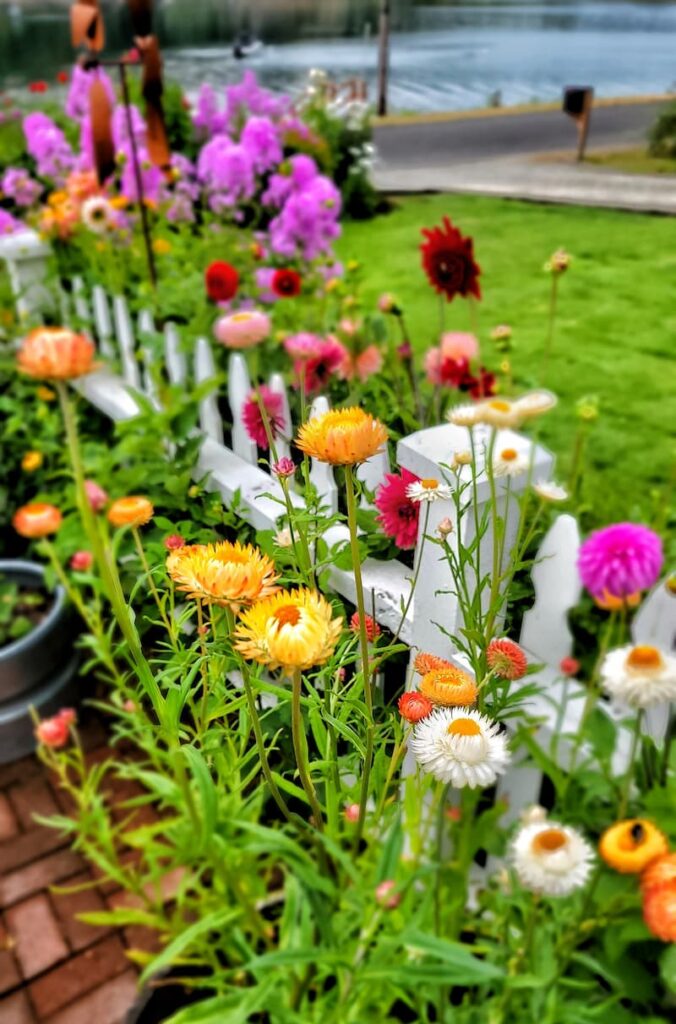
As an Amazon affiliate, I earn from qualifying purchases at no extra cost to you. My blog contains other affiliate links for your convenience as well. Click here to read my privacy policy.
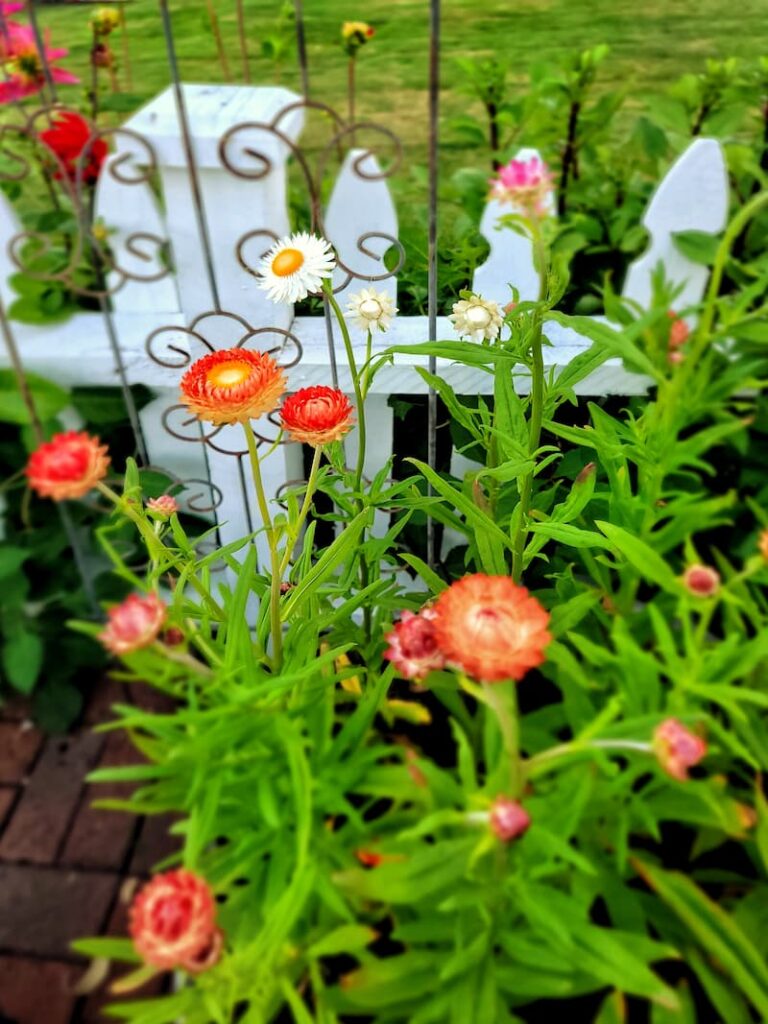
Strawflower petals (they are modified leaves called bracts) are like stiff paper and hold their shape and color as well as dried flowers. These bracts serve to protect the tender flower parts within until they are ready to open and be pollinated
Strawflowers, which are members of the aster family, are heat-loving and drought-tolerant plants. Their green leaves are covered in dense hairs that protect the plant from drying out.

The Perfect Cutting Flower
Strawflowers are the perfect cut flower for any summer or early fall bouquet.
Find more posts about growing a cut flower garden.
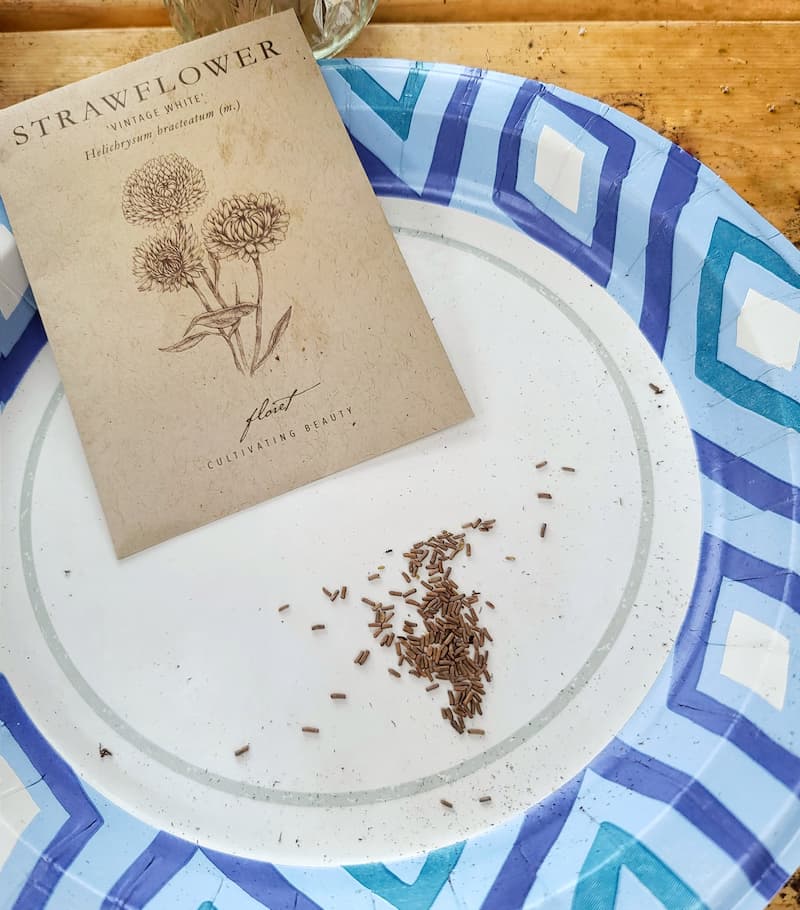
When to Grow Strawflowers from Seed
When starting strawflower seeds indoors, sow seeds in trays 6-8 weeks before the last frost of the season.
If you sow the seeds earlier than the recommended time frame, the seedlings will quickly outgrow their pots before the weather has warmed enough to put them out into the garden.
Strawflowers can also be sown directly in the ground as soon as the threat of freezing has passed.
Seed Starting Supplies
Check out my favorite supplies and tools for starting seeds indoors. Whether you’re looking for grow lights or a seed starting mix, you’ll find what I use in my own greenhouse.
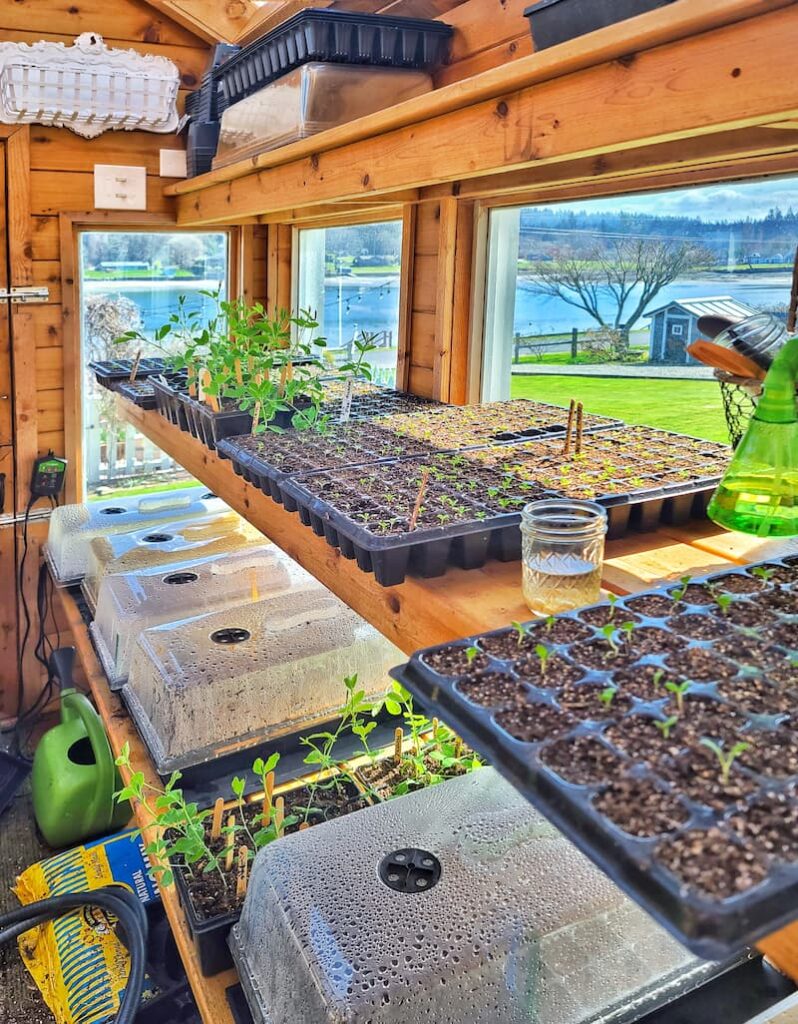
Supplies to Sow Seeds
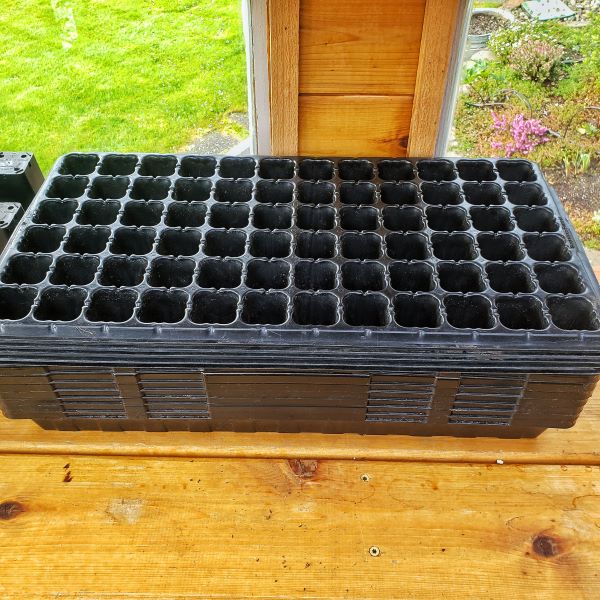
Steps for Sowing Strawflower Seeds
Step 1 – Choose Container
Seed-starting containers should be clean and have drainage holes. For several container options, you can read my blog post Supplies Needed for Seed Starting.
I use cell trays and plastic pots for my seed containers.
More information regarding how to clean your used containers can be found in my post Seed Starting 101 – Growing a Cut Flower Garden Series.
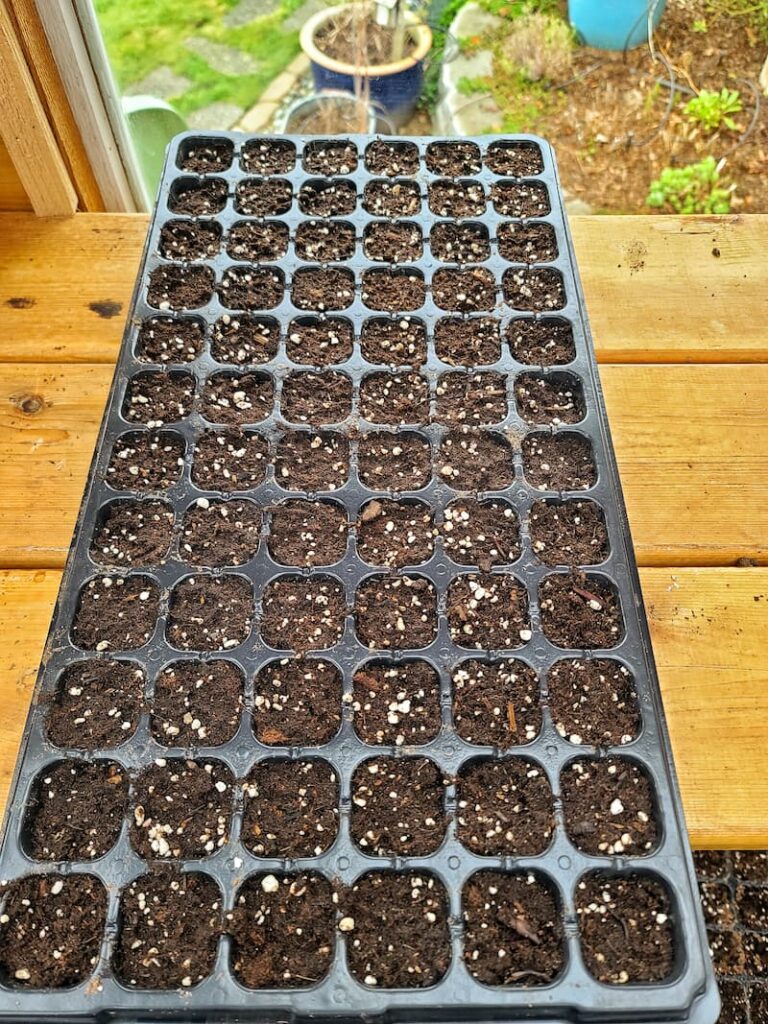
Step 2 – Fill Containers with Soil
Use a quality seed starter potting mix when sowing your strawflower seeds. Before adding it to the container, the soil should be moistened until it’s thoroughly damp but not soaking wet.
Fill the container to the top with soil. As you go, tap firmly against the table or shelf to make sure the soil settles and to prevent air pockets in the containers.
Benefits of Using a Seed Starting Mix
You can make the mix go even further by filling the bottom half of the container with regular potting soil and then filling the rest of it with the seed starting mix, where the seeds are going to be placed.

Step 3 – Label or Tag
Label the container with the name of the variety of plants and the date planted.
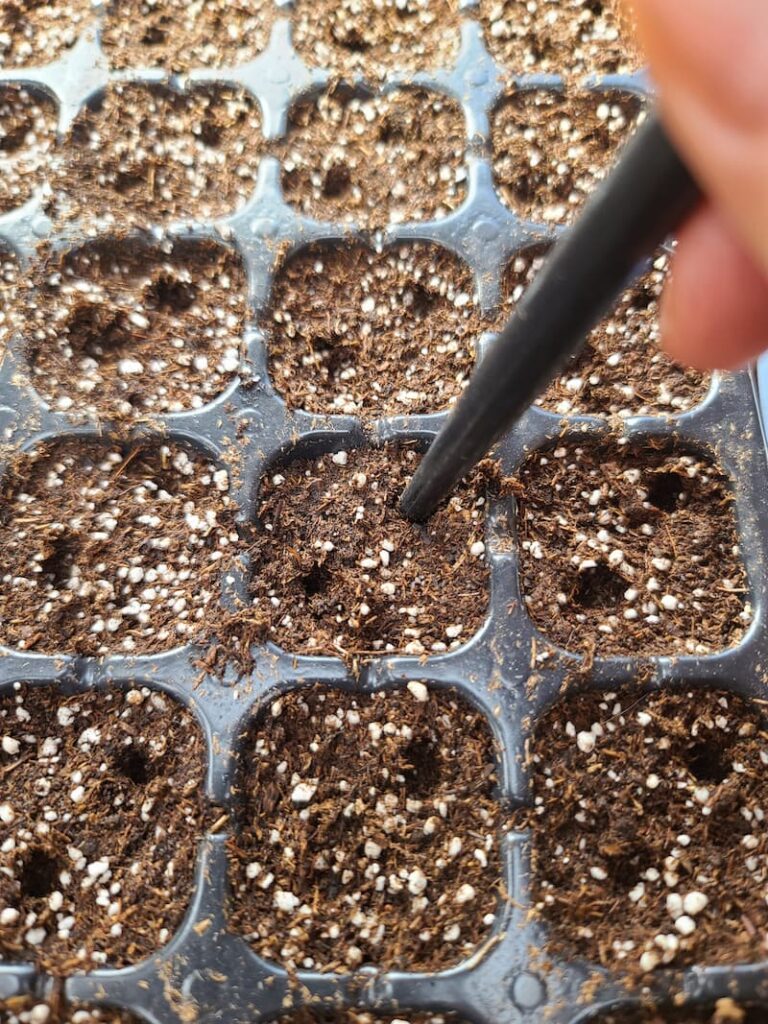
Step 4 – Sow the Seeds
Sow 2 seeds per container or cell by creating a 1-half-inch hole into the soil, in 2 opposite corners. You can use a pencil, dibbler, or even your finger to make a hole.
Strawflower seeds require light to germinate. Press seeds lightly into the soil, but don’t cover them. Seedlings should begin to appear in seven to 10 days.
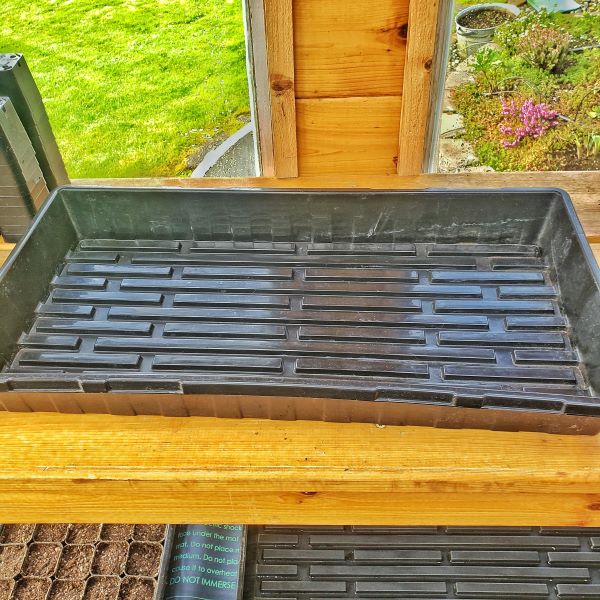
Step 5 – Bottom Water
After sowing the flower seeds, set the container in a drainage tray with an inch of water in the bottom, removing once the soil surface is evenly moist. It’s important not to let the container sit in the water for more than an hour.
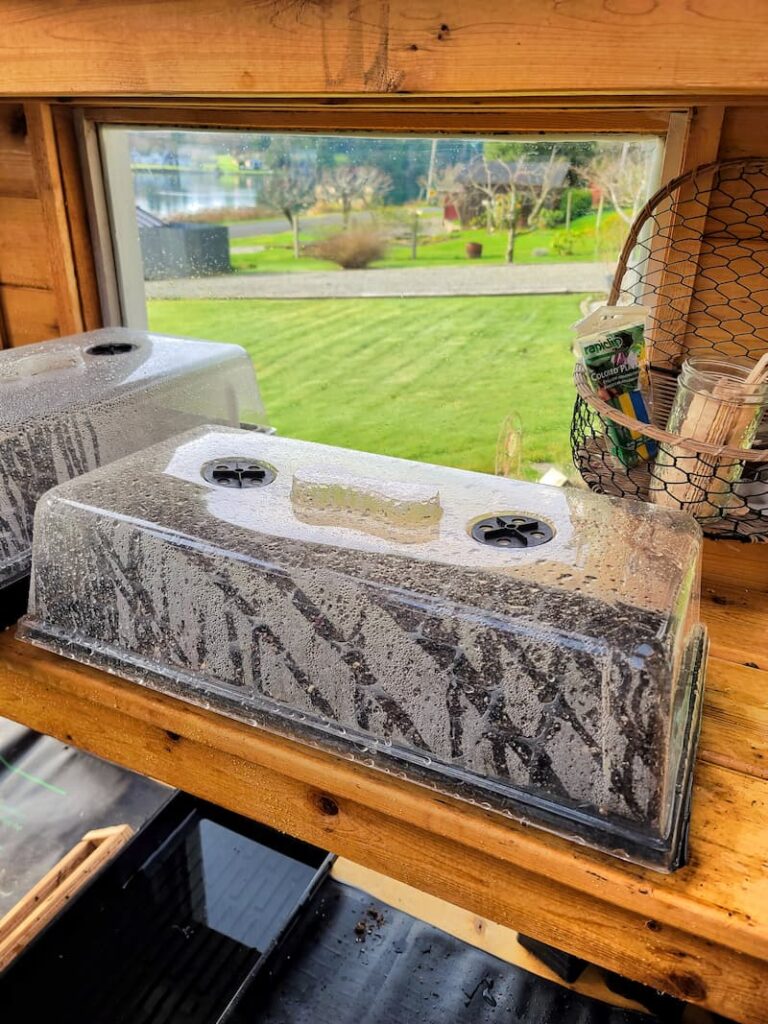
Step 6 –Place on a Heat Mat and Cover
Place the container on a heated mat or in a warm corner of your house, and cover it with a clear plastic dome. This will help speed up the seed-starting germination process.
Step 7 – Pick the Right Location
Keep the strawflower seeds in a light and bright space such as a greenhouse or sunroom. If you don’t have that option, keep the seedlings under a grow light that is on for 16 hours a day.
Step 8 – Continue Watering
Continue to check the soil moistness every 2-3 days. Bottom water again as needed.
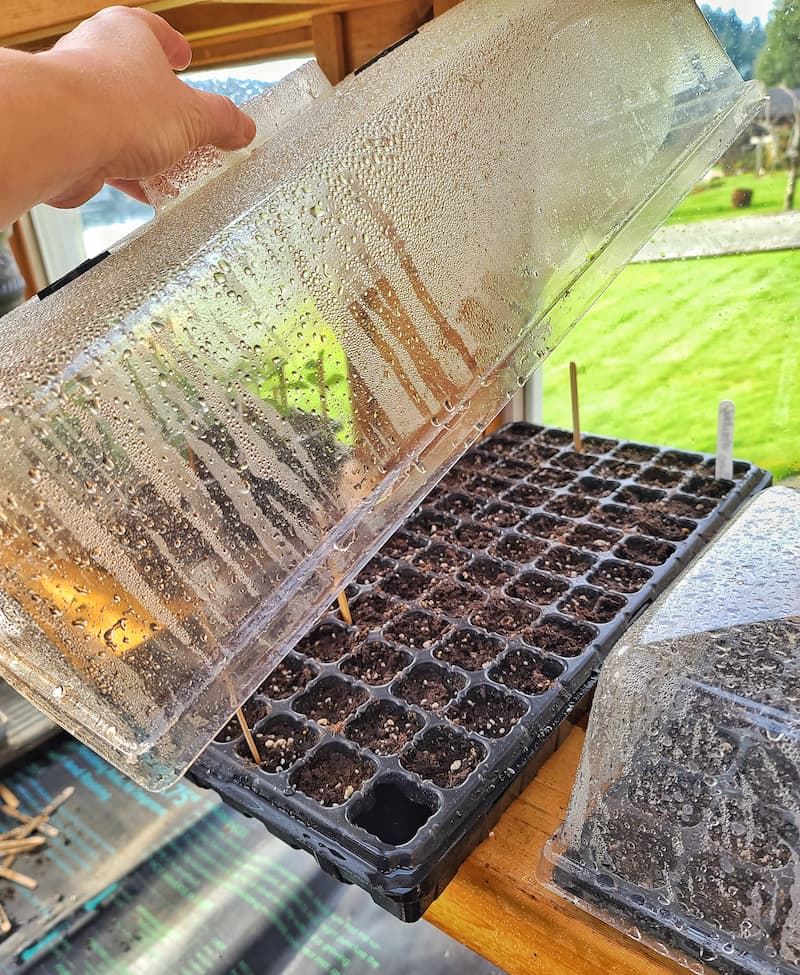
Once the Strawflower Seeds Have Germinated
Step 1 – Remove Heat Mat and Uncover the Container
Check the container daily. Once the seeds have germinated and the sprouts are visible, remove the clear dome lid and remove the seedlings from the heated mat.
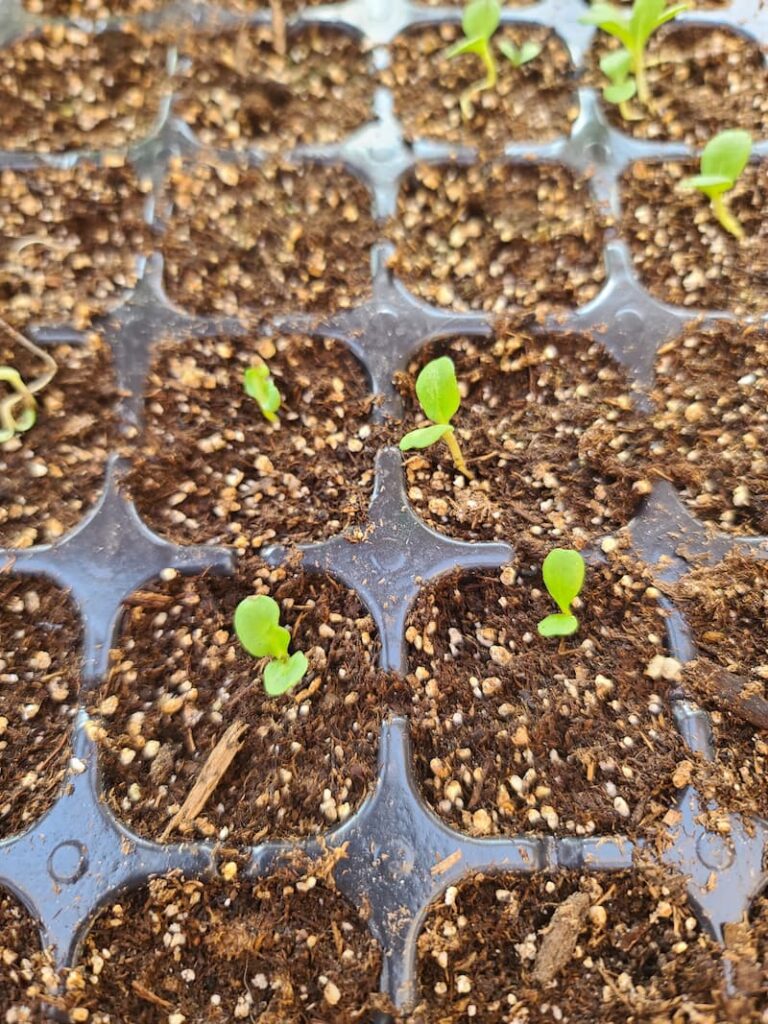
Step 2 – Continue to Water When Needed
Check the strawflower seedlings daily to make sure that the soil doesn’t dry out.
The very first leaves that appear on the plant are called cotyledons. Be sure to bottom water your seedlings until you see the first real leaves that appear after the cotyledons.
Once those second sets of leaves appear, water with a gentle spray from a watering can or hose when needed, usually every 1-2 days.
Step 3 – Transplant if Needed
If your seedlings start to outgrow their containers before they’re ready to be planted outdoors, you’ll need to transplant them into a larger container while still growing inside. It’s important to give the roots more room to grow.
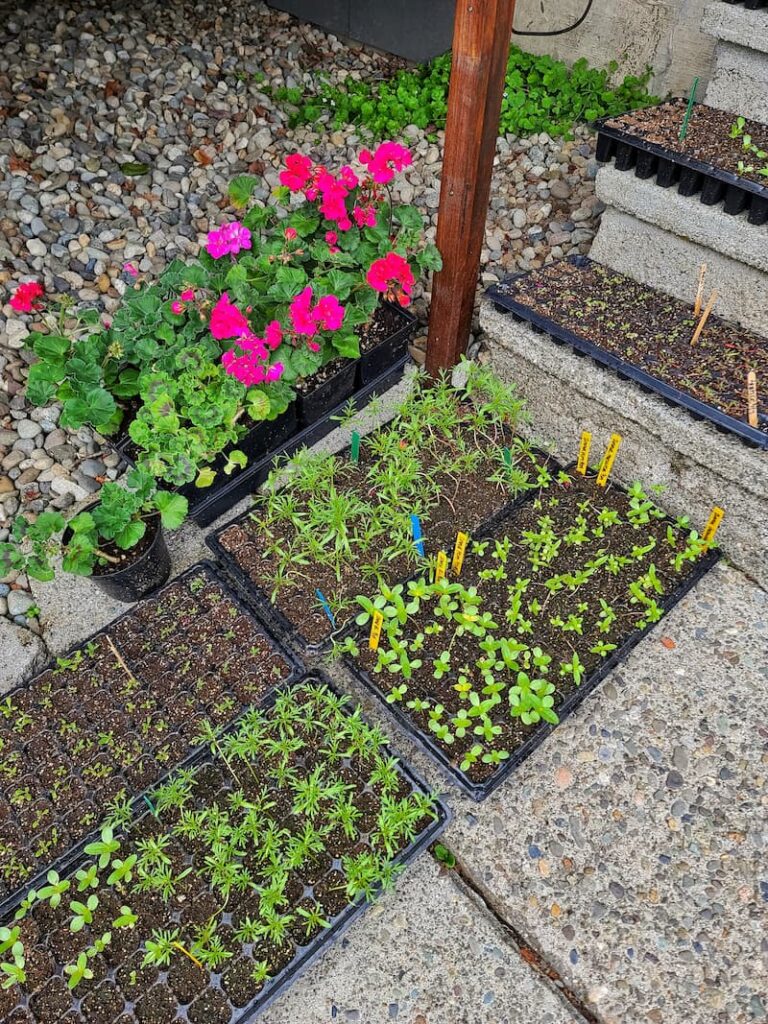
Step 4 – Hardening Off the Strawflower Seeds
After all danger of frost has passed, you can begin “hardening off” your plants before transplanting them into the garden.
Don’t skip this process! Your plants will go into shock by the sudden change in temperature.
Set the containers in a sheltered spot outdoors, increasing the amount of time they spend outside each day, over a week or two. I usually start with 2-3 hours the first day.
To see more on hardening off your plants, click HERE.
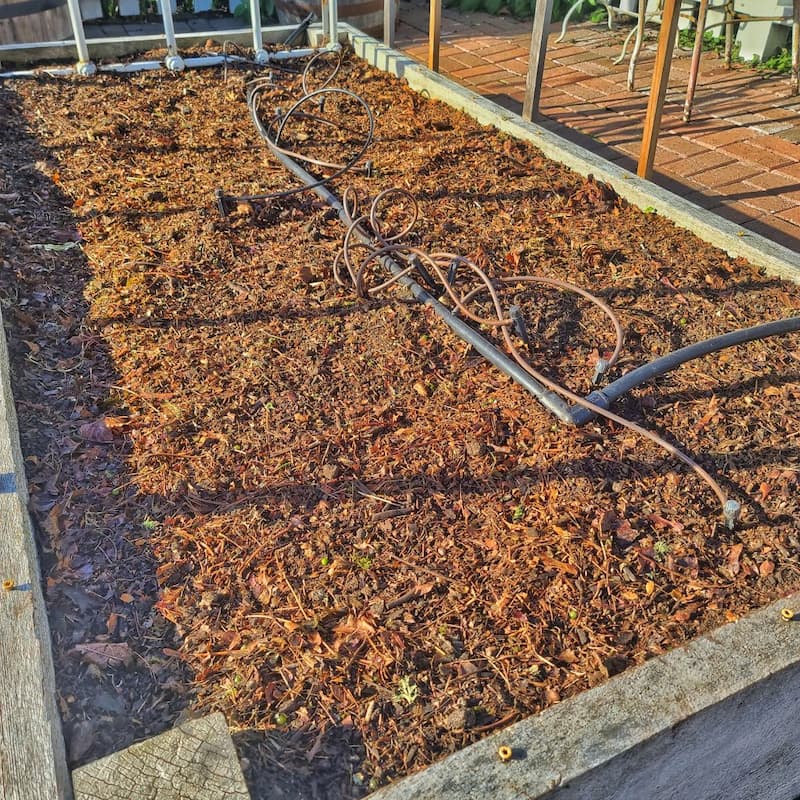
Preparing the Garden Beds
Strawflowers do well in most soils as long as it is well-draining.
Add mulch to the bed before planting to help retain soil moisture and even soil temperatures.
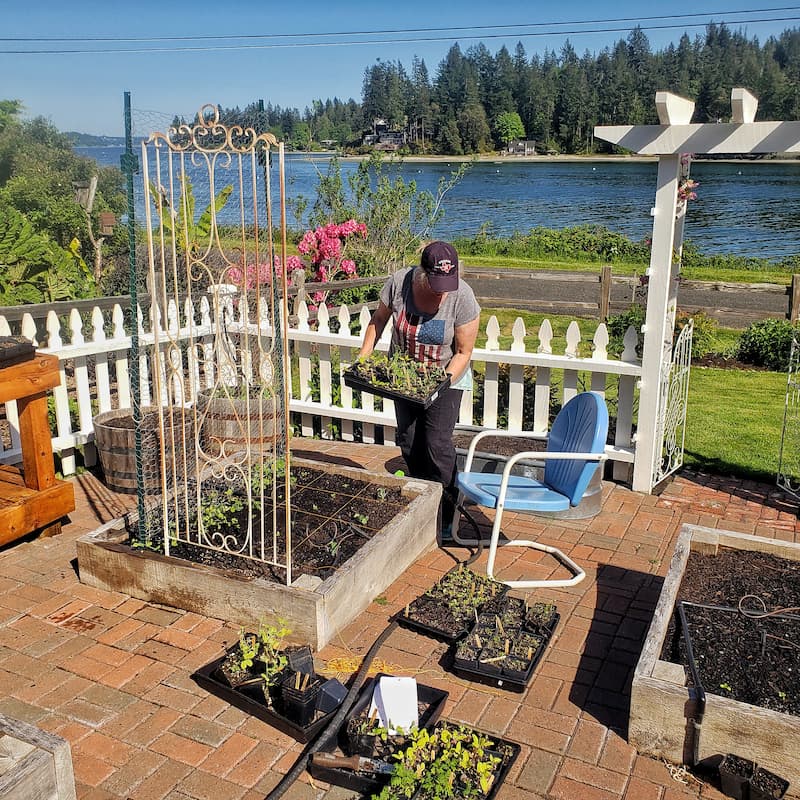
Transplanting Strawflower Seedlings into the Garden
Once the strawflower plants are acclimated to the extreme temperatures, transplant the seed starts to the garden once the threat of frost has passed.
Space your plants out every 12 inches to make sure your plants have enough room to grow with plenty of airflow.
Strawflowers thrive in full sun which helps to prevent weak stems. They can tolerate part shade but they won’t bloom as well.
‘Growing a Cut Flower Garden’ Series
Learn about the ins and outs of growing a cut flower garden this year. Click the button below to be taken to the entire series of blog posts and choose what is interesting to you.
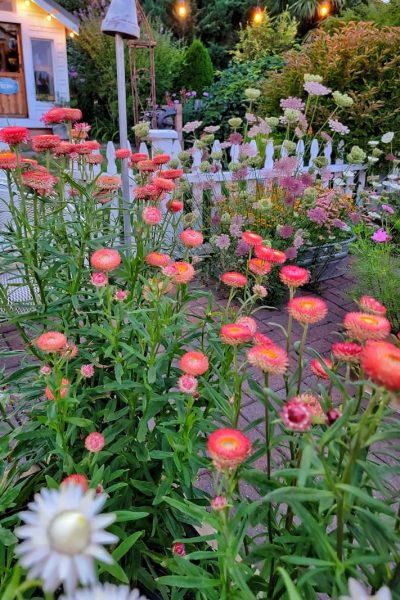
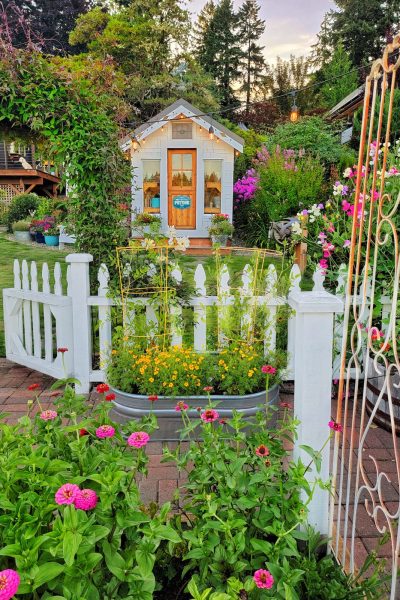
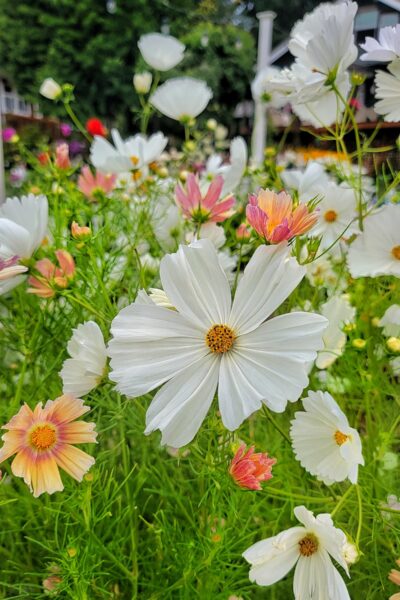
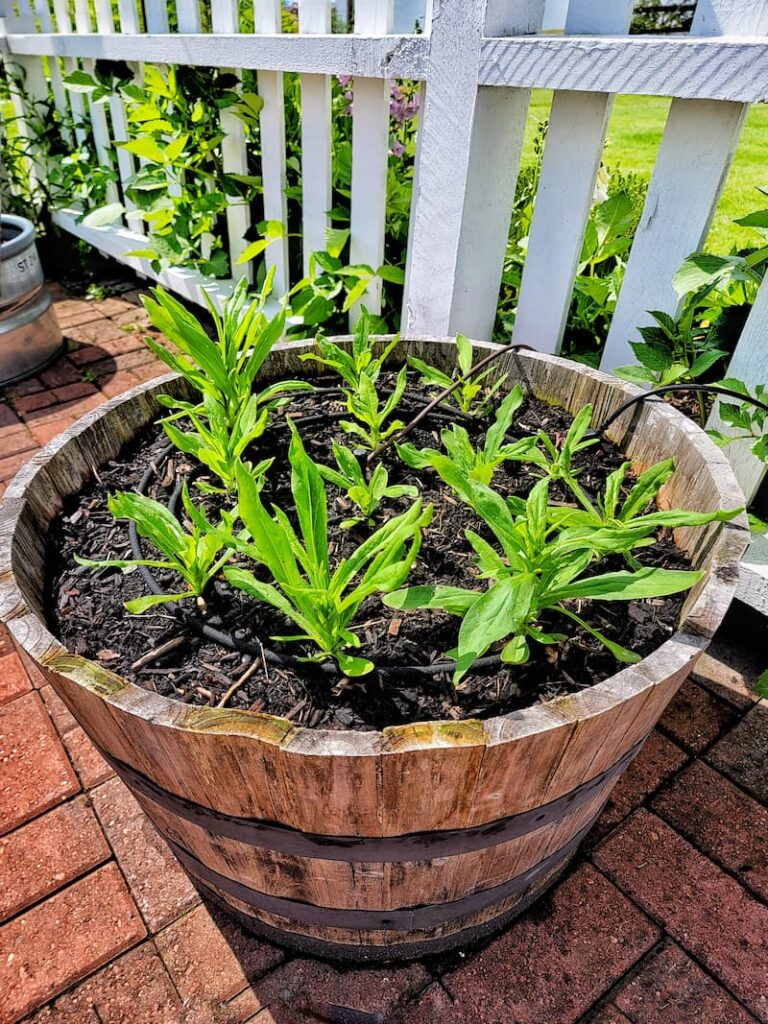
Caring for Strawflowers
Water
These flowers are drought-tolerant but don’t let them dry out in an extended period of drought.
Create a plan to make sure your strawflowers will be watered regularly in the garden. I set up soaker hoses in the raised beds as soon as they’ve been transplanted to their new home in the garden.
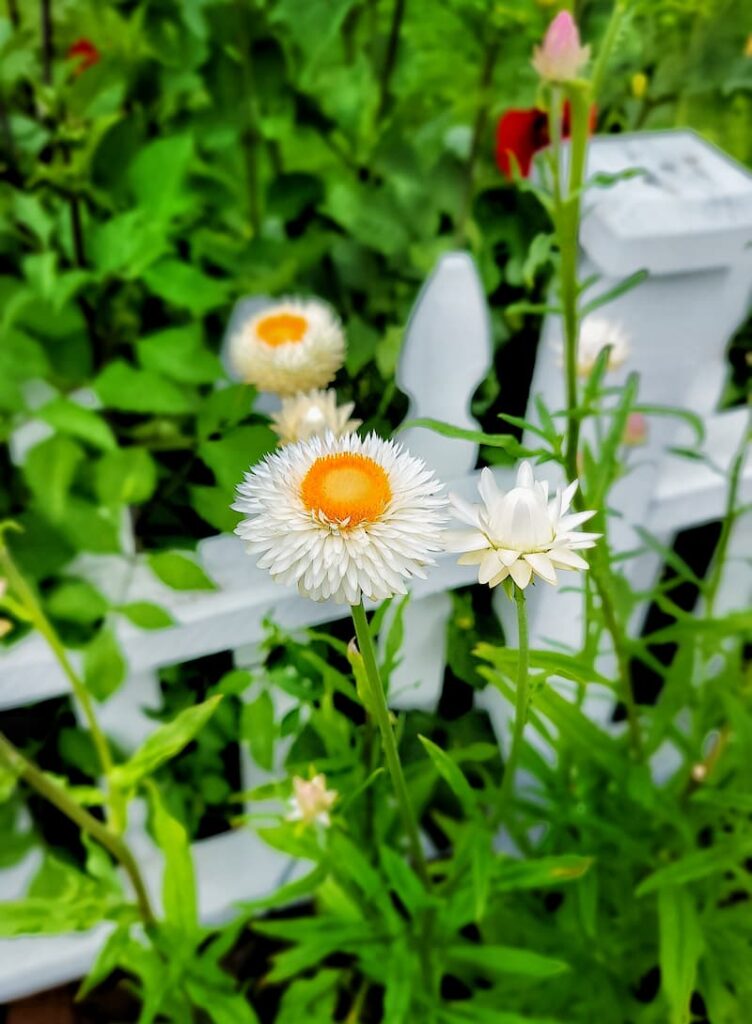
Prolonging Strawflower Blooms in the Garden
Strawflowers don’t need to be pruned regularly. However, deadheading the plant will keep the flowers blooming.
Support Plants Early
Once in the ground, strawflowers will grow quickly, so be sure to stake them early, while they are still young.
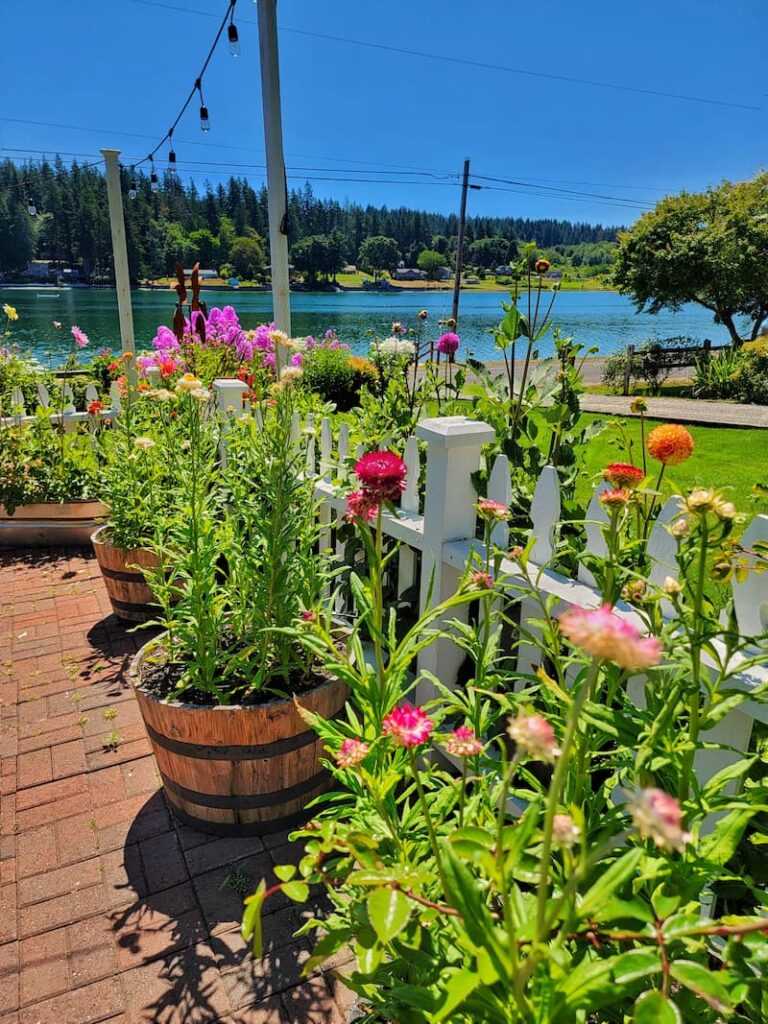
Harvesting
Cut strawflowers when 3-4 sets of bracts (petals) are open but before they are pollinated. If you give the stem a wiggle and it remains upright, it is ready to harvest.
Cut the stem leaving 4-5 side shoots below. Strip leaves on the stem before placing them in water.
Fresh flowers will last a week in the vase. Add flower preservatives to the water.
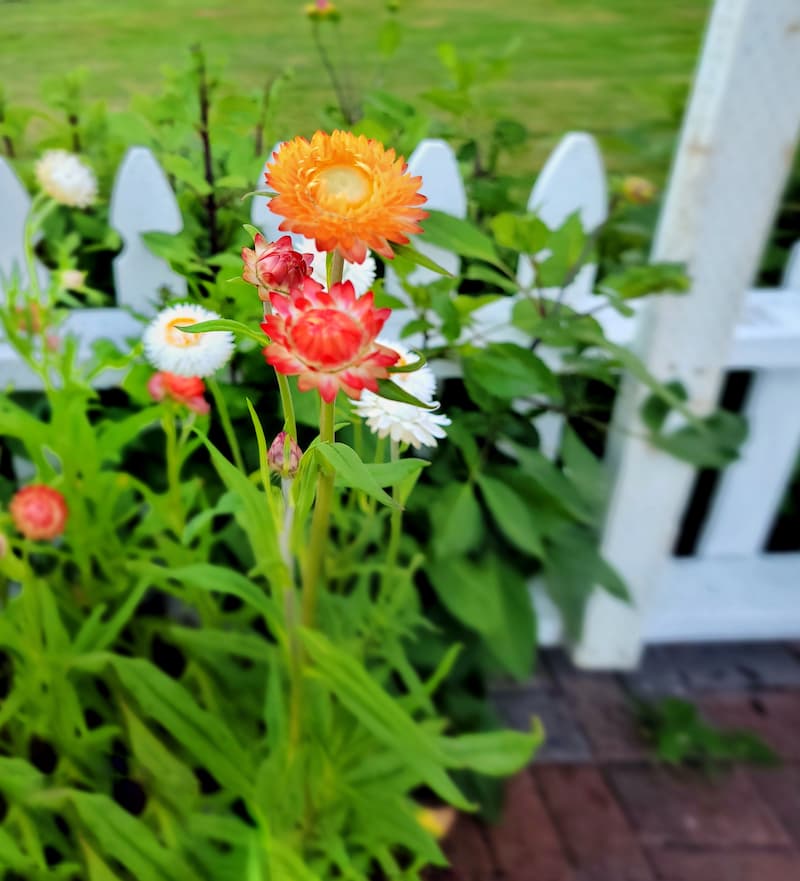
Harvesting Strawflowers for Drying
Harvest the strawflowers when only 2-3 bracts have unfurled and have no pollen visible, To dry, remove the foliage and hang upside down in a warm, dark place until firm.
The bracts will continue to open as they dry. You can also use a fan to make the drying process faster.
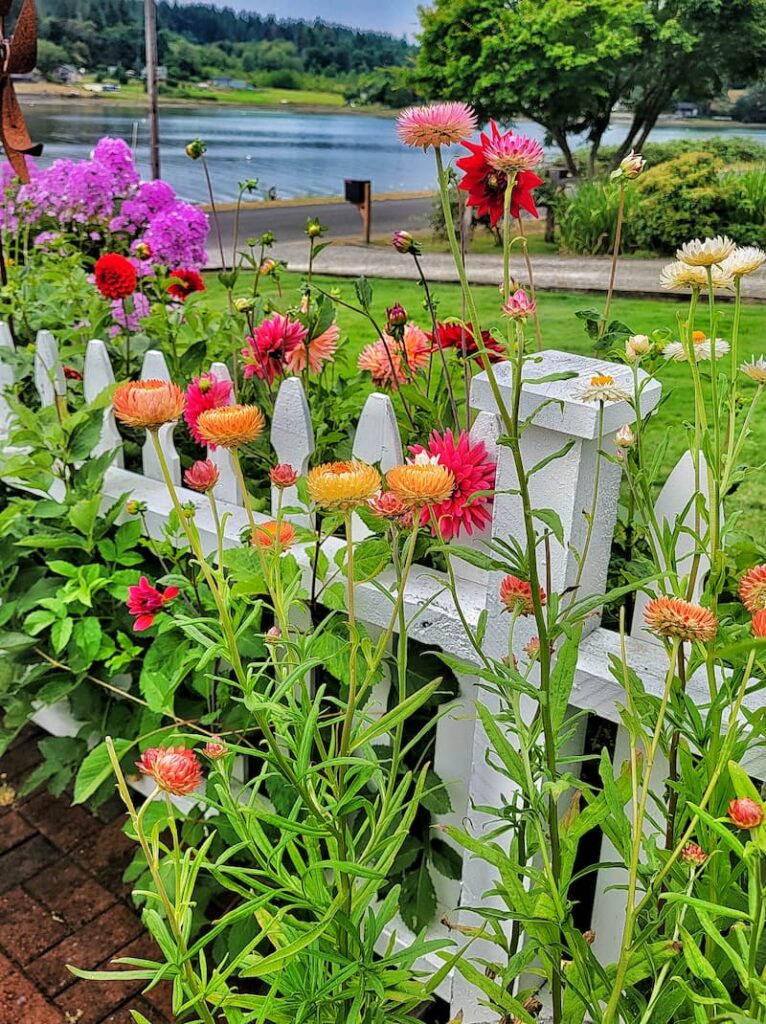
Saving Seeds From Strawflowers to Sow Next Year
To save seeds for next year’s cutting garden, leave the largest and best-looking blooms on the plant at the end of the season.
The center of the bloom elongates and forms dandelion-like parachutes for each seed as it dries. When lifting the parachutes, the small dark seeds should be at the base of the flower.
Garden Supplies and Tools
Check out my favorite garden supplies and tools for the growing season. Whether you’re looking for potting soil or deer repellent, you’ll find what I use in my own garden.
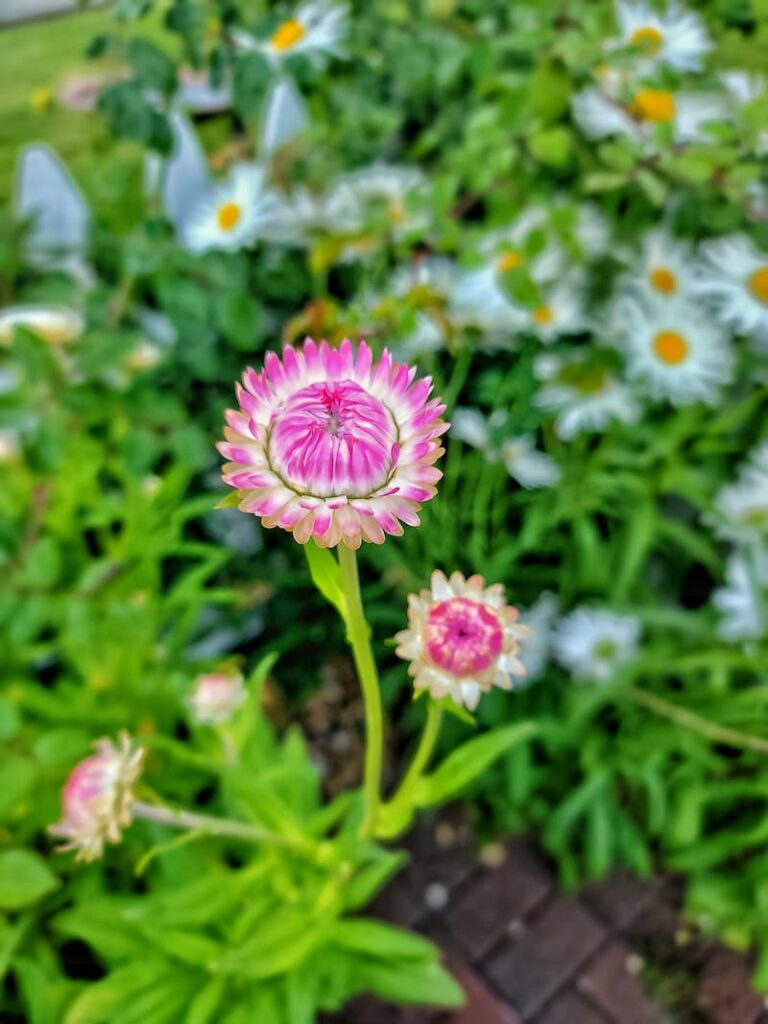
Do you grow strawflowers or plan to add them to your garden this season? If so, what are your favorite varieties?
If you have any questions or additional suggestions, please share them in the comments below. And be sure to share this blog post link with anyone who may find these gardening tips useful.
Until next time,
Happy Gardening!

I’m a self-taught hobby gardener. Everything I share on my blog is my opinion and what has worked for me.
Follow Me for More Inspiration
Shop my Amazon Storefront, LTK sources, and my favorite home decor, garden, and lifestyle products. When you purchase from one of my links, I earn a small commission, which helps me continue sharing all the content you expect on my blog.
Be sure to follow me on Pinterest, Instagram, Facebook, TikTok and LIKEtoKNOW.it. Do you like gardening? Join my Facebook Gardening Tips & Tricks group.

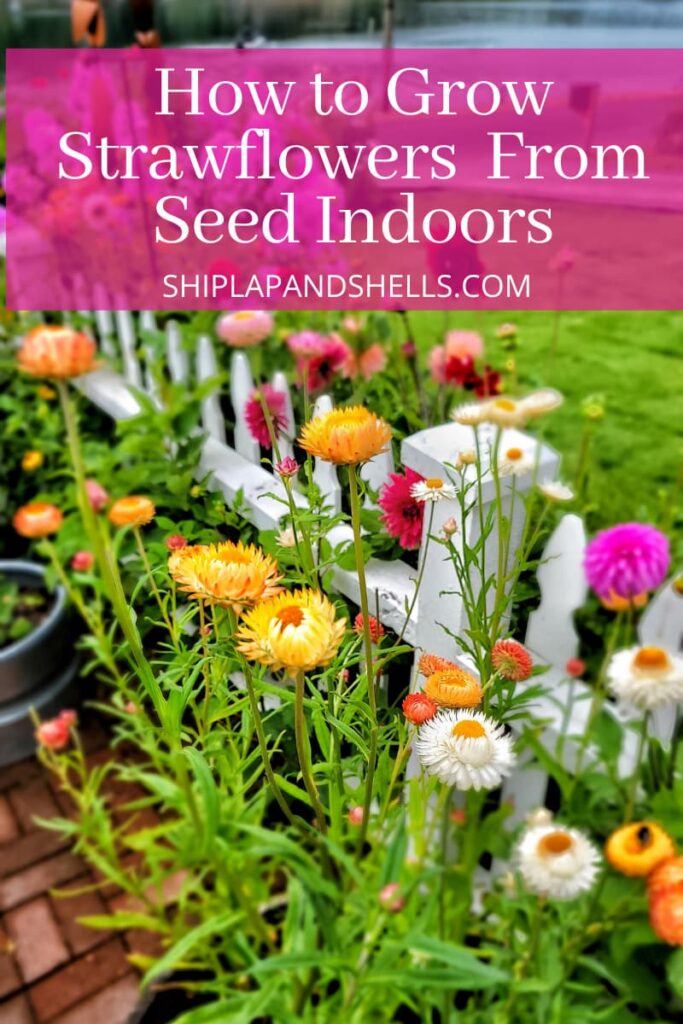


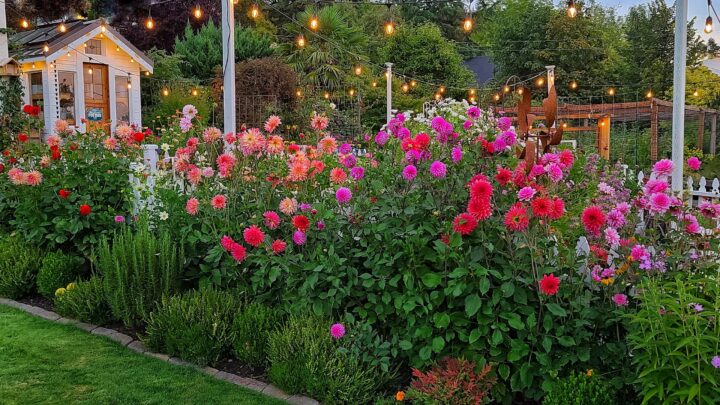
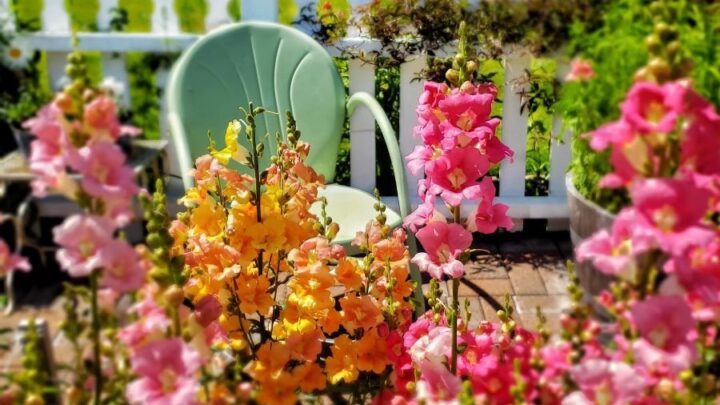
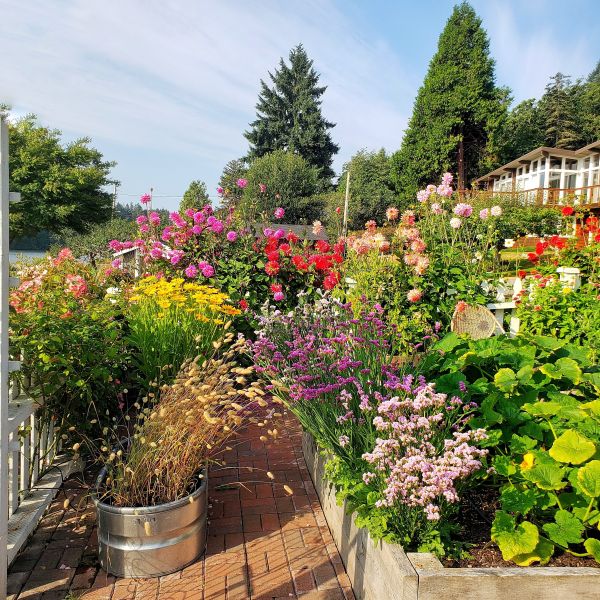
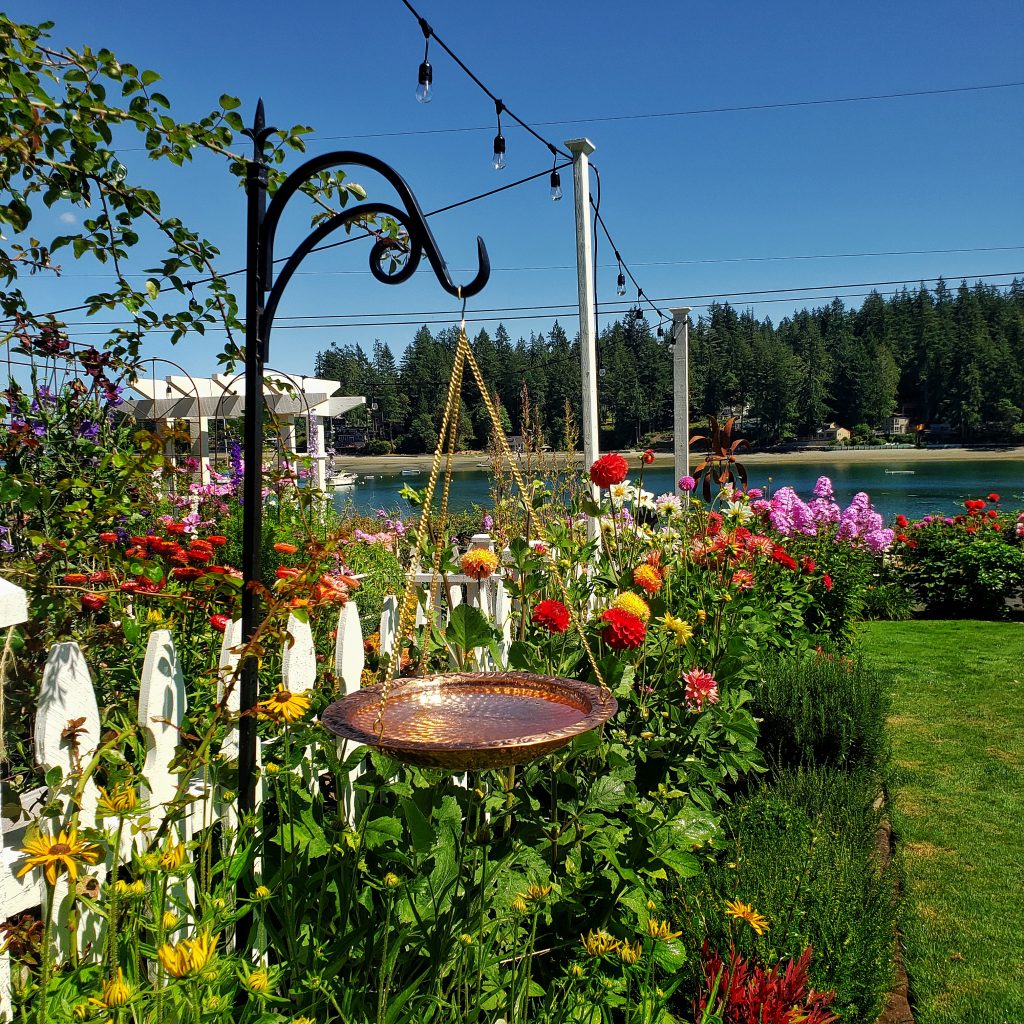
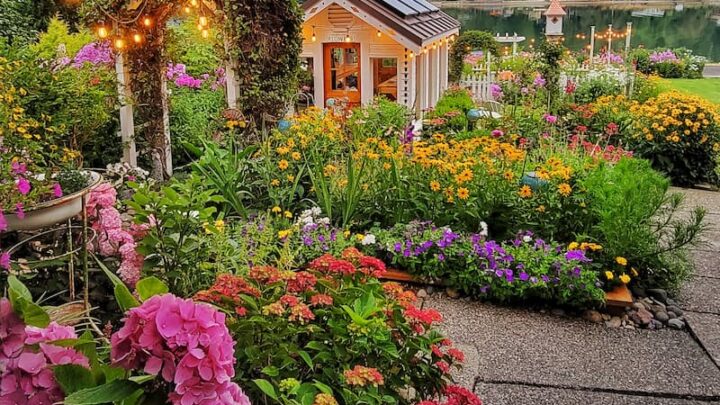
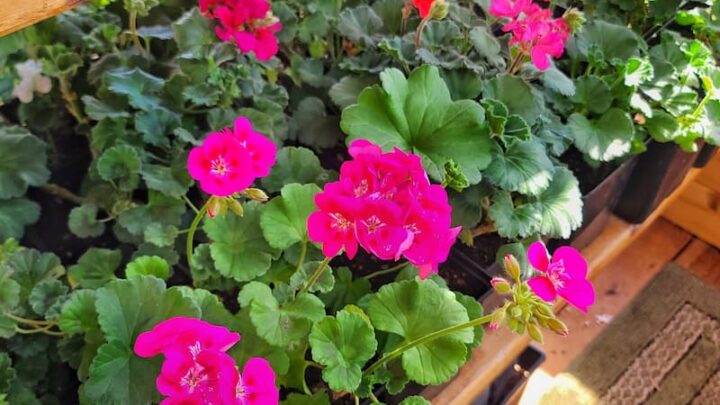
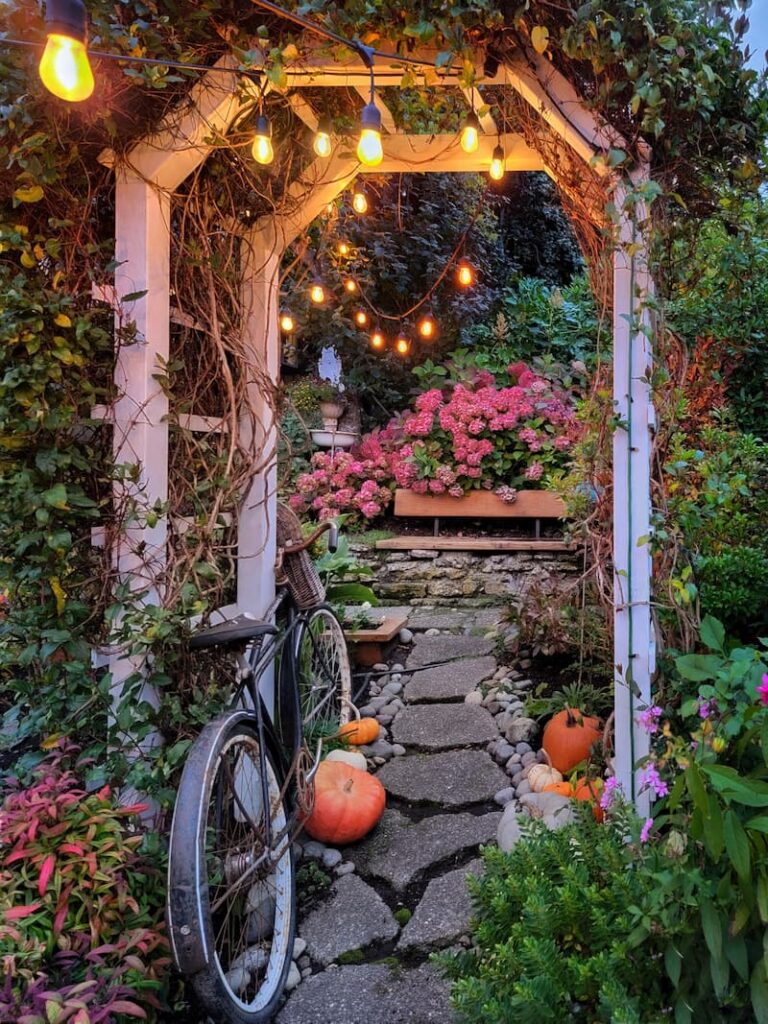
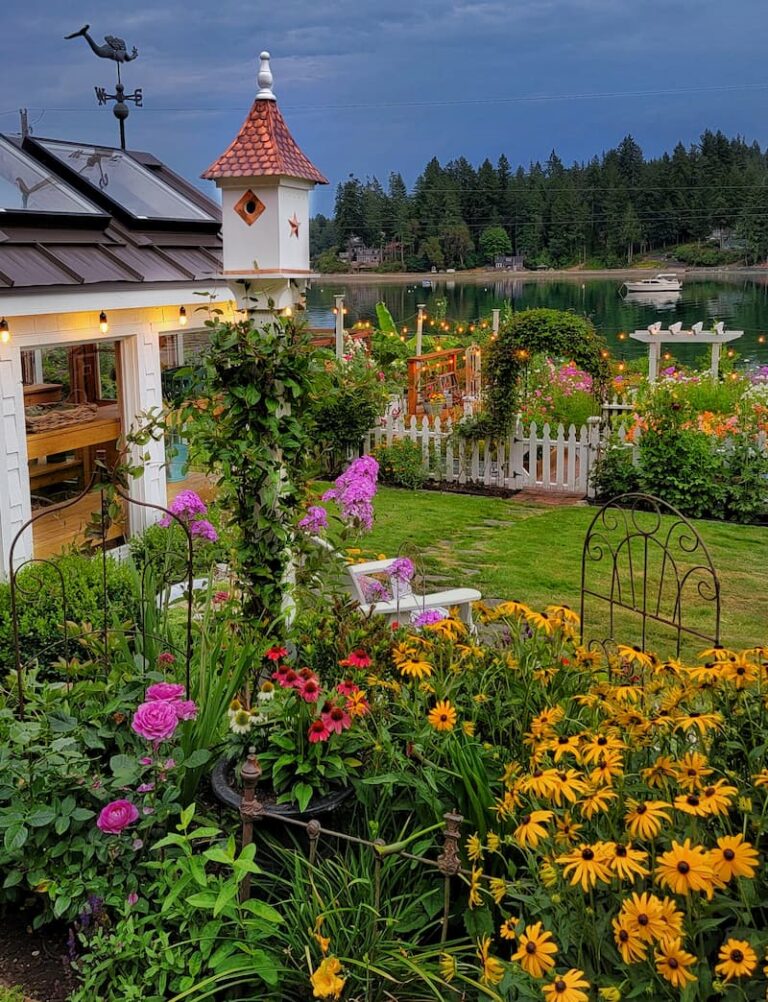
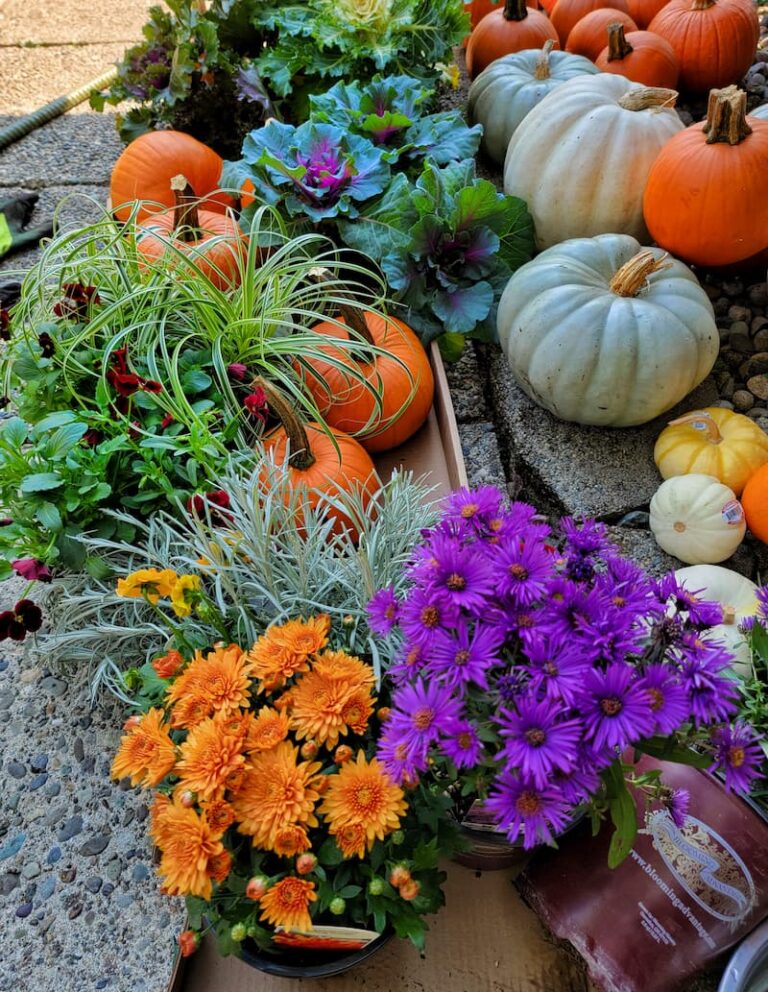
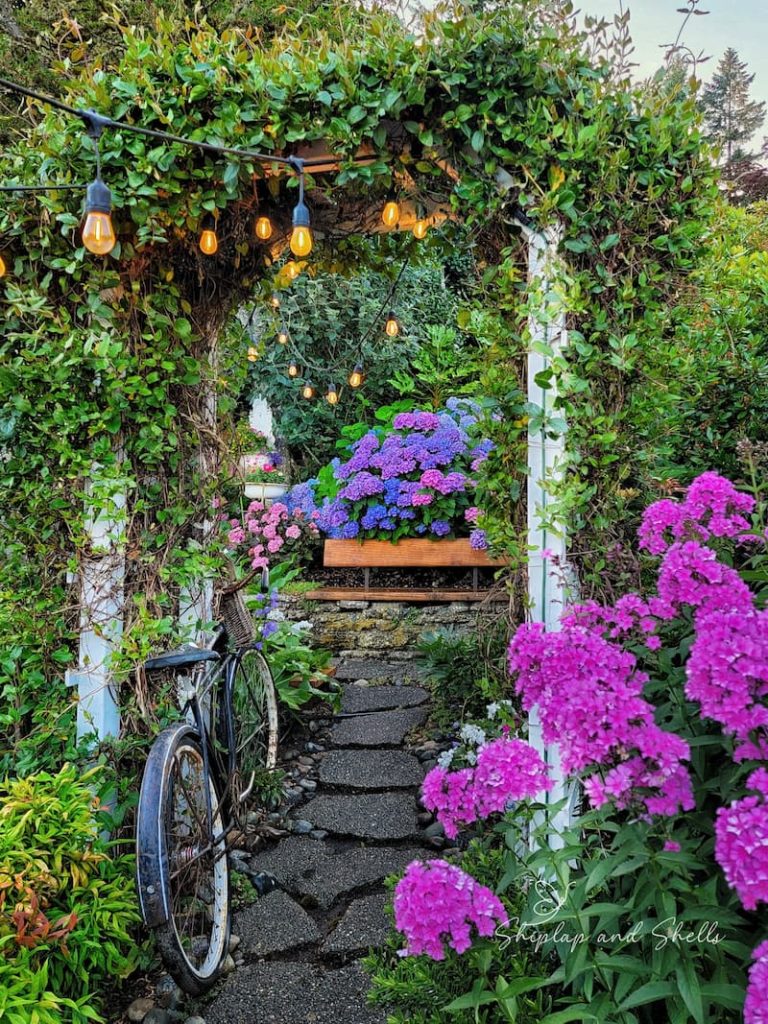
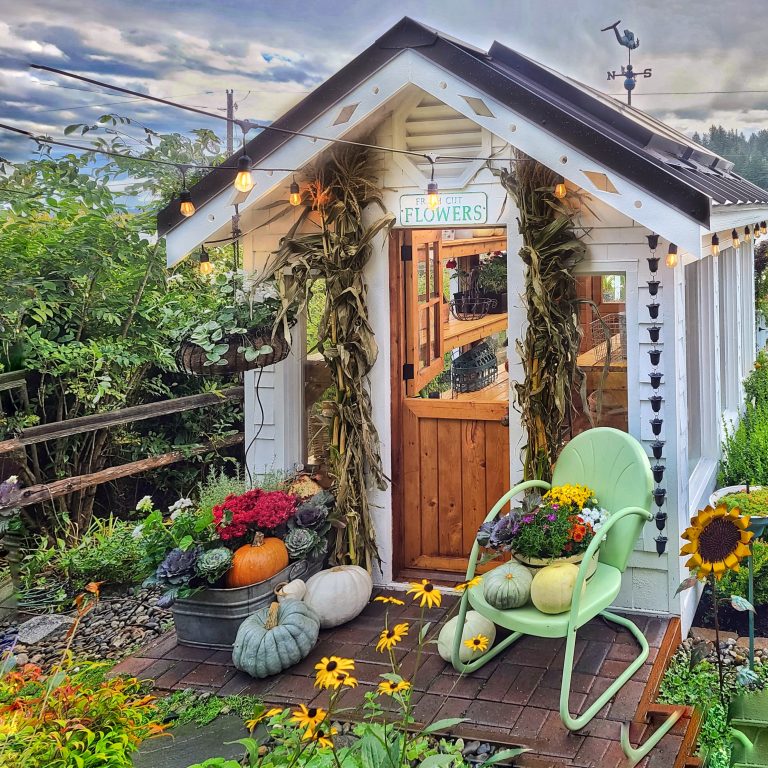
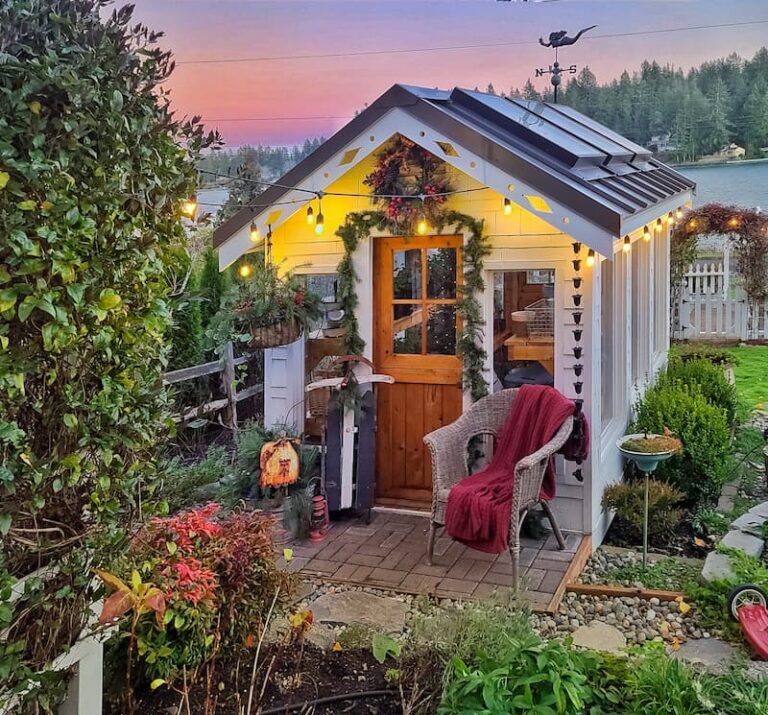
Hi,
Your information was done very well.
This is my first time growing them from seed. Once they have reached about 3 inches they seem to just start falling over. Is this normal for this flower as I have them under lights that are close and they are still falling over as top heavy.
Is this normal for this flower?
Appreciate your response. Thank you,
Thanks for your question Teresa. I’ve had issues with zinnias and cosmos falling over in the past but not strawflowers. Fanning plants for about 10 minutes or so several times a day helps them develop stronger stems. Overwatering plants actually drowns them by depriving the roots of air. When the roots don’t get air, the leaves hang down and the stems droop. Did you start them with seed starting mix or potting soil? Email me at kim@shiplapandshells.com and attach a picture so I can look at them and see if I can help in any way.
great pictures, thanks! when you collect seeds are they true to color? If you save seeds from pink strawflowers will they produce more pink strawflowers?
thanks!
So far I would say yes. This will be the first year that I am growing a mix of a few varieties I grew in the garden last year. They are growing faster and bigger than the seeds I bought. Can’t wait to see how they turn out.
Strawflowers were such stars in my garden last year! I had no idea when I planted them how much I was going to fall in love with them!! I have so many dried out down in my studio just waiting for me to do something with them.
I can’t even believe more people don’t talk about strawflowers more. I didn’t even know what they were a few years ago. They are so easy to grow and I do love them dried.
I forgot to mention I’m excited to share your post with my followers this weekend for my Sunday round up From My Neck of the Woods!
Thank you Kristin!
Kim, you inspire me so much! I’m paying attention even more than usual to all your tips since I’m doing my first cutting garden this year!
I can’t wait to see your new garden this year Kristin.